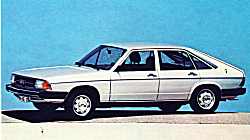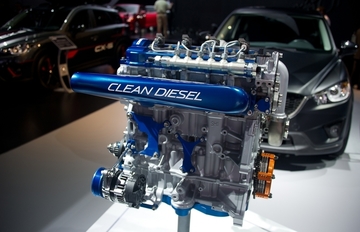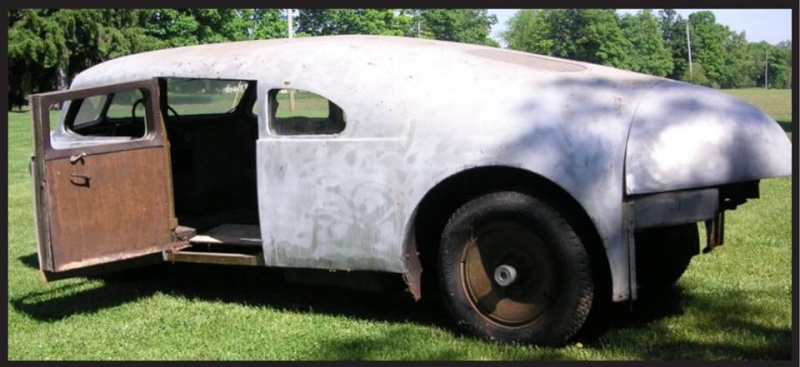MAP
Saturday, August 7, 2021
Thursday, August 5, 2021
This is the LDT 465 engine:
Is it possible to make motor engines which can run on both petrol and diesel at the same time?
It is not only possible, but it was done over 40 years ago.
This is the LDT 465 engine:
It was used in these, the M35 2 1/2 ton truck:
It uses a fuel density compensator in the injection pump to adjust the amount of fuel delivered based on how viscous the fuel is. It also uses a swirl chamber in the top of the piston to help with combustion.
The engine could run on diesel, jet fuel, kerosene, heating oil, or gasoline.
Gasoline wasn’t advised for long use unless a little oil was mixed into it to help lubricate the injection pump, but it would run on it.
This engine was designed in the 1960s, and was in use into the early 2000s. With more modern materials, it would likely be easier to use gasoline without the lubrication problems.
Thursday, March 25, 2021
great wall voleex c70 سيارات جريت وول تعود لمصر 2021
واستقرت شركة جريت ول على العودة لمصر مع وكيل محلي جديد سيتولي بيع سياراتها بالاضافة الي تقديم خدمات ما بعد البيع والصيانة. أما بالنسبة للموديلات الجديدة المرتقبة من الشركة الصينية فلم يتم تحديدها بعد, ولكن تم التأكيد على استهداف فئتي الـSUV والبيك أب التي تتميز بهم جريت وول في العالم لأنها في الأساس شركة تصنيع سيارات بيك اب وحققت نجاحًا بارزًا في هذا المجال، حيث وصلت إلى المرتبة الاولى في الصين عام 1998.
Friday, December 18, 2020
Saturday, November 21, 2020
very useful links in my another blogger
copy and paste !!!
https://klbar2008.blogspot.com/2020/10/proton-15-tgdi-unit-codename-jlh-3g15td.html
https://klbar2008.blogspot.com/2019/12/audi-mesarthim-f-tron-quattroa-fusion.html
Saturday, October 24, 2020
How would you get rid of outdated beliefs about clean diesel technology?
3.7 L/100 km - Fiat Tipo 1.3 Multijet Easy

The Fiat Tipo hatchback and sedan came to market in 2017 and the 1.3-litre turbodiesel sedan derivative is particularly fuel efficient with a claimed fuel consumption figure of 3.7 L/100 km. This engine offers 70 kW and 200 Nm of torque to deliver perky performance. Unfortunately, this engine is only offered on the Tipo sedan. The Fiat Tipo 1.3 Multijet Easy sedan
In the 1970s and 80s, diesel passenger cars had a bad reputation because they were loud, smelly, underpowered and plagued with failures. Unfortunately, this public perception of diesel technology has persisted and is still unfairly influenced by these outdated beliefs.
Modern technological advancements, however, have drastically changed diesel technology for the better. The new technology, now called “clean diesel” creates 25% less CO2, 30% better fuel economy and 50% more torque as compared to its gasoline powered counterpart. Clean diesels do, however, come with an initial price premium and usually a higher price for diesel at the pump. However, numerous studies done by the University of Michigan Transportation Institute have shown you end up saving anywhere from $2,000-$7,000 by owning a clean diesel vehicle after just 3 years.
The old stereotypes and price premiums have made it difficult to get the general public’s interest in clean diesels even though the data being generated is overwhelmingly positive. Clean diesels need to be rebranded, and we need your help to correct the inaccurate perceptions and bring the clean diesel to the forefront of the general consumer’s mind when considering their next new vehicle purchase.
Wednesday, September 16, 2020
Harris (steamcar)-1938
STEAM-POWERED CARS: CALIFORNIA'S 1970S SMOG SOLUTION
Dutcher steam-powered car from 1974 at the Petersen Automotive Museum in Los Angeles [Photo: Matt Novak]
In 1969 California State Senator Nicholas Petris, a Democrat from Oakland, proposed a bill that would have banned the sale of any vehicle with a gasoline or diesel-powered internal combustion engine by 1975. Needless to say, that bill went nowhere quickly. But if such legislation had been taken seriously, what would have replaced the internal combustion engine? Well, in the 1970s California state legislators thought they had found the answer in cars that run on steam. Yes, steam.
When we think about the history of the automobile we often imagine the battle between the gas-powered cars that dominate our streets today and the electric car (or gas-electric hybrids) that have a rich history dating back to the turn of the 20th century. But few people remember the other technologies that fought hard for their place in the future, including steam.
Starting with legislation proposed in 1968, the state of California began experimenting with steam buses, contracting with companies to build three of them. All three were demonstrated in Sacramento on April 26, 1972. But only focusing on low emission buses wasn't seen as doing enough to combat the smog. In 1972 the California Assembly passed legislation which contracted two companies to develop steam-powered cars: Aerojet Liquid Rocket Company of Sacramento and Steam Power Systems of San Diego.
The two companies took different approaches with their respective steam technologies. Aerojet installed a steam turbine into a Chevy Vega, while Steam Power Systems chose to build its Dutcher car (named for the company's founder, Cornelius Dutcher) from scratch. The Dutcher car was finished and successfully tested in 1974 though neither car went into production. By 1975 the California Assembly was again back to buses, along with allusions in the press that these experiments with steam were little more than hand-outs to some of the contractors who just so happened to be major financial contributors to the state's Democratic Party.
You can see a Dutcher test vehicle on display at the Petersen Automotive Museum in Los Angeles. The steam car is on loan from one of the better-known car collectors that zip around Southern California
For all the efforts of companies and governments to get consumers excited about steam cars, the idea obviously never took off. The biggest problem with the steam-powered car? It pumped out less pollution, but was quite a fuel-hog. The fuel used in steam engines of the early 1970s was usually kerosene, but diesel was also an option. Naturally, the last thing people wanted when so many had to line up just to fill up their tanks was to use more energy than they already did.














